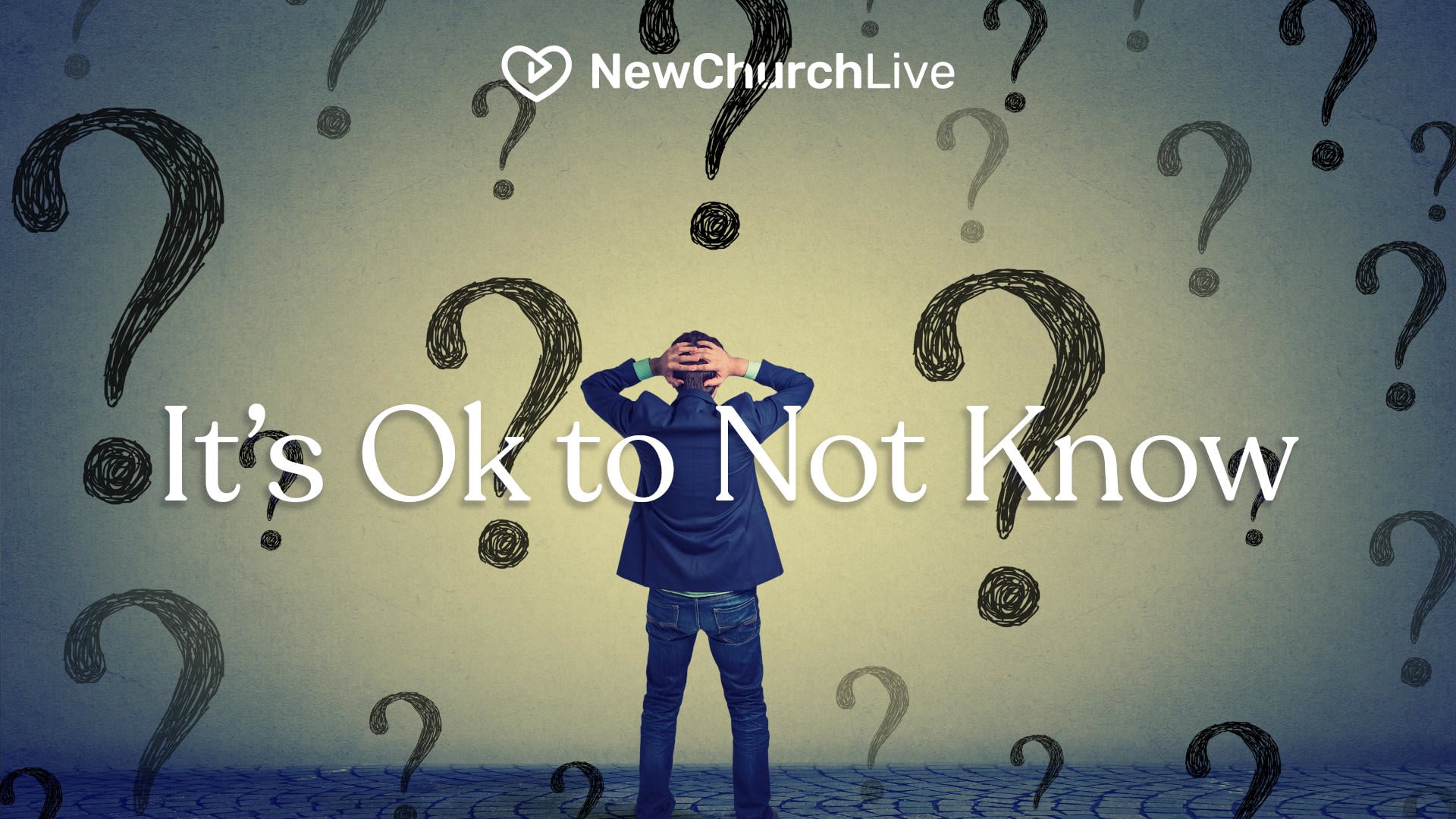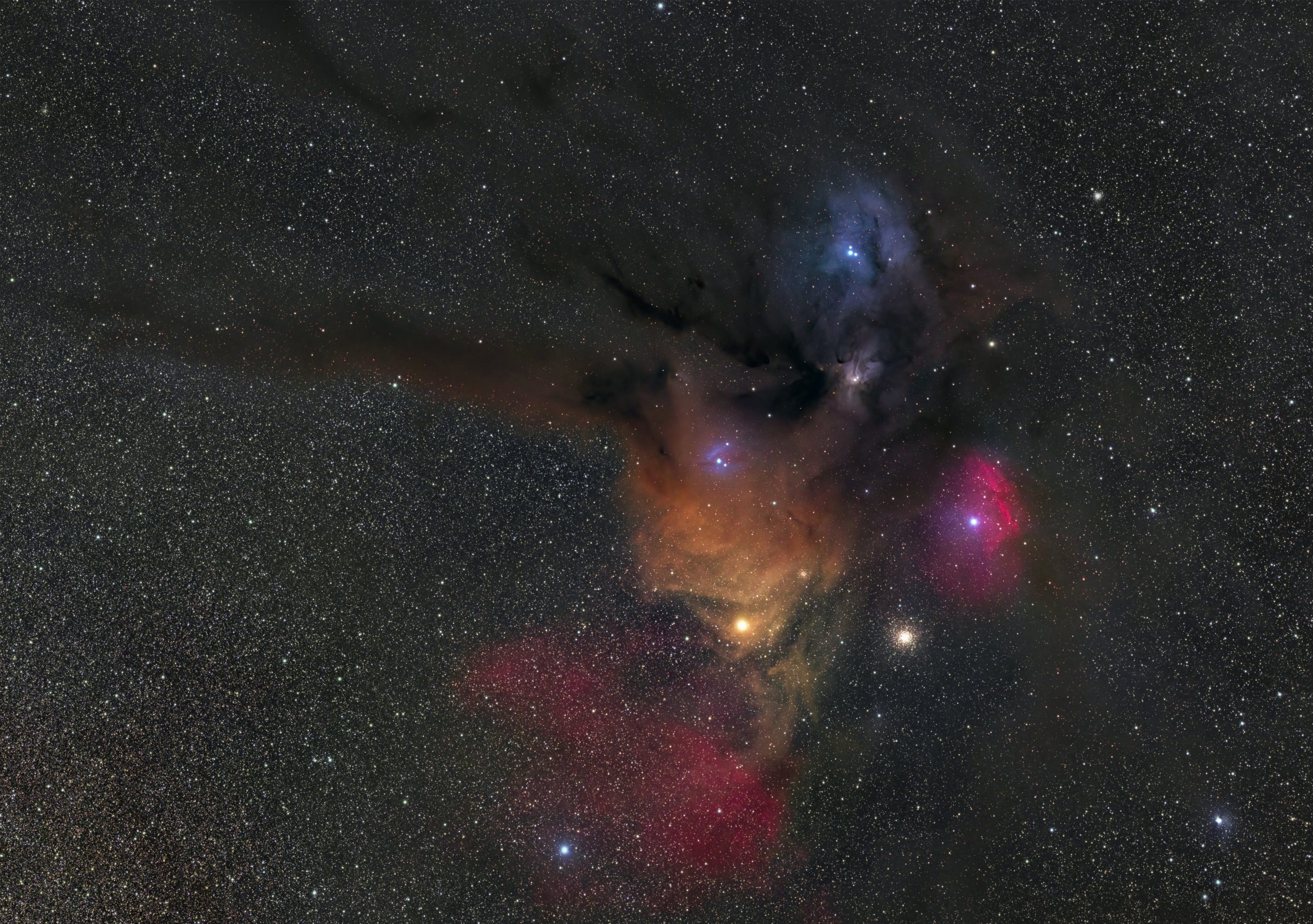When you hear the phrase “New Church,” what comes to mind? For some, the phrase may seem unfamiliar and not rooted to any particular expression of faith. Others, however, will recognize it as the name often used for churches that ascribe to a Christian perspective enlivened by the philosophy and teachings of Emanuel Swedenborg. Again, for some the name may be unfamiliar and others may make the connection between New Church and another common name for its teachings: Swedenborgian.
However, neither of those really answers the larger questions many have about New Church or Swedenborgian theology or Swedenborg himself. As a Swedenborgian church, NewChurch Live is, of course, interested in helping the curious or church newcomers understand exactly who Swedenborg is and why his teachings around Christianity are so appealing.
Quick Links
- Who is Emanuel Swedenborg?
- A Brief History of New Church
- What is Swedenborgian Religion and Theology?
- Swedenborg’s Writings and Teachings
- How and Where to Start Exploring Swedenborg’s Work
Listen to our Podcast on Swedenborg and the New Church Perspective
Table of Contents
Who is Emanuel Swedenborg?
Like a lot of theologians, Emanuel Swedenborg came, fully, to religion later in life. As the son of a professor of theology whose sermons and preaching earned the praise of the Swedish King in the early 1700s, his father’s beliefs had a significant influence on Swedenborg. However, that influence wouldn’t be fully explored until Swedenborg was, himself, in his 50s.
In fact, prior to his theological explorations, Emanuel Swedenborg was a man of science, spending years both studying and working in fields related to natural science and engineering. Much like those two sciences, which are often founded on symbiosis and the ways structures, both natural and man-made, must work together to remain strong, this educational history, both formal and familial, would become the foundation of Swedenborg’s religious philosophy.
It was his love of science that led to his early religious endeavors as he sought to find where matter (science) meets spirit (faith) and his early writings explored those ideas. Then, in his early 50s, Swedenborg began to experience remarkably vivid dreams that seemed to push him away from following a path created purely by intellectual curiosity and instead turn to a path that allowed him to indulge in the science of faith and a greater understanding of God.
At this time, he was a prolific writer, often incorporating some of his father’s ideas regarding how all religions can coexist, the responsibility of each individual to live a life devoted to God and his commandments and the existence of angels among us. These writings, and Swedenborg’s philosophies about the need for a new church based on theology organized around God’s love, would become the basis for the founding of the New Church.
A Brief History of New Church
Despite Swedenborg himself espousing the need for a new church, a church based on the Bible and new insights, the New Church as adherents and followers know it, didn’t arrive until 15 years after his death. As church growth was increasing across England, those who found his concepts life changing began to explore creating a church focused on these teachings. Then, in April of 1789, that came to fruition. The ideas and ideals of the New Church were then brought to the United States where Swedenborgian theology was spread by missionaries, including one very well-known Swedenborgian, Johnny Appleseed.
Appleseed and Ralph Waldo Emerson, two early followers of Swedenborg, embody the foundational principles and connections between the natural and spiritual world that helped form Swedenborg’s philosophy. Similarly, Helen Keller would become a congregant and credits Swedenbrogian theology as a way to move beyond physical limitations. New Church teachings allowed her to find a life of love and light and, eventually, follow those beliefs into a life of action and service. Her book, My Religion, discusses this journey.
With several influential thinkers and doers, it’s easy to start wondering what Swedenborgian theology is all about.
What is Swedenborgian Religion and Theology?
Much like other Protestant religions, there was some early debate regarding whether Swedenborgian theology followed a Christian doctrine. Those debates didn’t last long as the New Church is founded on two essential principles: there is one God, who was incarnated as Jesus, and that we are expected to adhere to God’s commandments to live a righteous life and enter heaven.
As such, one of the main guiding principles of those who follow Swedenborg or attend the New Church is that when we follow the commandments, when we put faith into practice through acts of service, we are acting as physical manifestations of that faith, and God is, in turn, able to work through us as we serve. God, therefore, can be and is a living, vibrant presence. In short, salvation comes not just through faith but also through faith in action. Faith in action is what remains.
Rites and rituals common to other Christian denominations are also marked by Swedenborgians, specifically baptism and the Eucharist, or Communion. Both of these sacraments mark a unified connection between body and spirit as well as a person’s connection to Jesus and God. The focus here really is on how we, as humans, are connected to not only spirit and God, but also our communities.
Swedenborg’s Writings and Teachings
In addition to his focus on living life by the commandments, Swedenborg has some very other notable writings and teachings. Many of his writings continued to explore the intersection between body and spirit as well as spirit and the natural world and the things we can touch and feel. However, to suggest that Swedenborg’s focus was only on the tangible is to miss an important element of his life and his teachings.
While the most important element a Swedenborgian perspective arguably offers remains the view of God’s love as transformative, not transactional, the most popular concepts that draw a large audience are those around concepts concerning Heaven and Hell, concepts captured in the book by the same name.
Heaven is held as a place where love of the Lord and others reigns – two loves that are, in essence, one. In other words, to love God is to love others, and to love others is to love God. In that place, angels find their purpose, their place, and even a partner who they can love to all Eternity.
Hell, however, is the opposite. Hell is made up of those who push away from higher forms of love and choose instead to be driven by selfishness and materialism. They are – to use our modern vernacular – dedicated narcissists who continually chose, and will continue to choose, their own warped self-interest over the needs of others.
How and Where to Start Exploring Swedenborg’s Work
Given the focus of Swedenborg’s work on marrying faith and action, one of the best places to start exploring not just Swedenborg’s ideas but also his principles in practice is by connecting with a church community. And, not just any church community because, remember, it’s’ not just about talk, but acts of service and faith. Among the most important aspects for Swedenborgians is to not only discuss his ideas, but also create community through acts of service. In this way you commit to God, yourself, your community, and your faith.
One of the best resources out there is the Swedenborg Foundation which offers a lot of really amazing free resources including ebooks and blogs. Of interest to a lot of people seeking answers and looking to explore Swedenborg’s philosophies and teachings is his work with the afterlife and angels. Off the Left Eye on YouTube offers some great videos and insights.
And, if you’d like to explore some options in a less academic sense, a few popular movies have explored Swedenborgian concepts, especially those related to life and death as well as heaven and hell. Among the most well-known may be the Robin Williams movie What Dreams May Come, but more recently, Things Seen and Heard has also been connected to Swedenborgian theology.
NewChurch Live also has some great videos, insights, and sermons from our Pastor that we share with our local and wider, online church community. It’s important to remember, and recognize, that we’re all in very different places on our spiritual journeys, with different questions and different needs. NewChurch puts that first– that we are all on a journey. Our goal is to provide an in person, and virtual, experience that recognizes all the different ways we show up in our search, and from all the places we start.
Swedenborg said, “Heaven is not located on high, but where the good of love is, and this resides within a person, wherever he or she might be.” So, wherever you may be in your spiritual journey or wherever you may live, we have a community you can connect with. Whether that’s 10 minutes during your day to create space and explore what it means to connect with your faith, or yourself, or an opportunity to explore in a more concrete way, we’re here to talk, and listen, so take a minute to get in touch with us or simply explore our site.





















